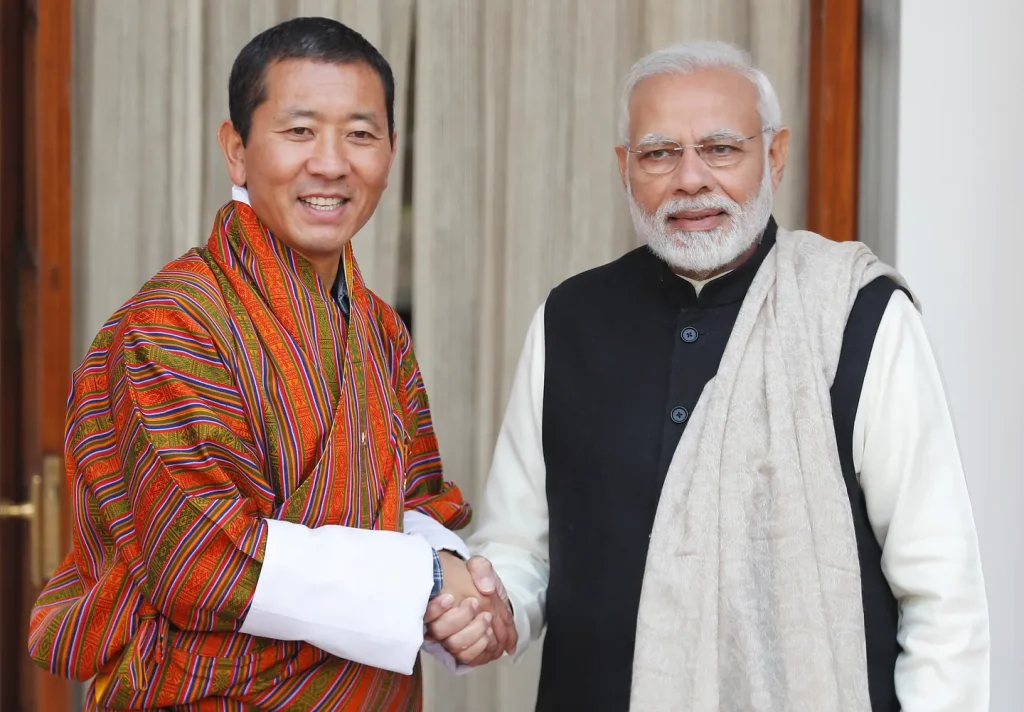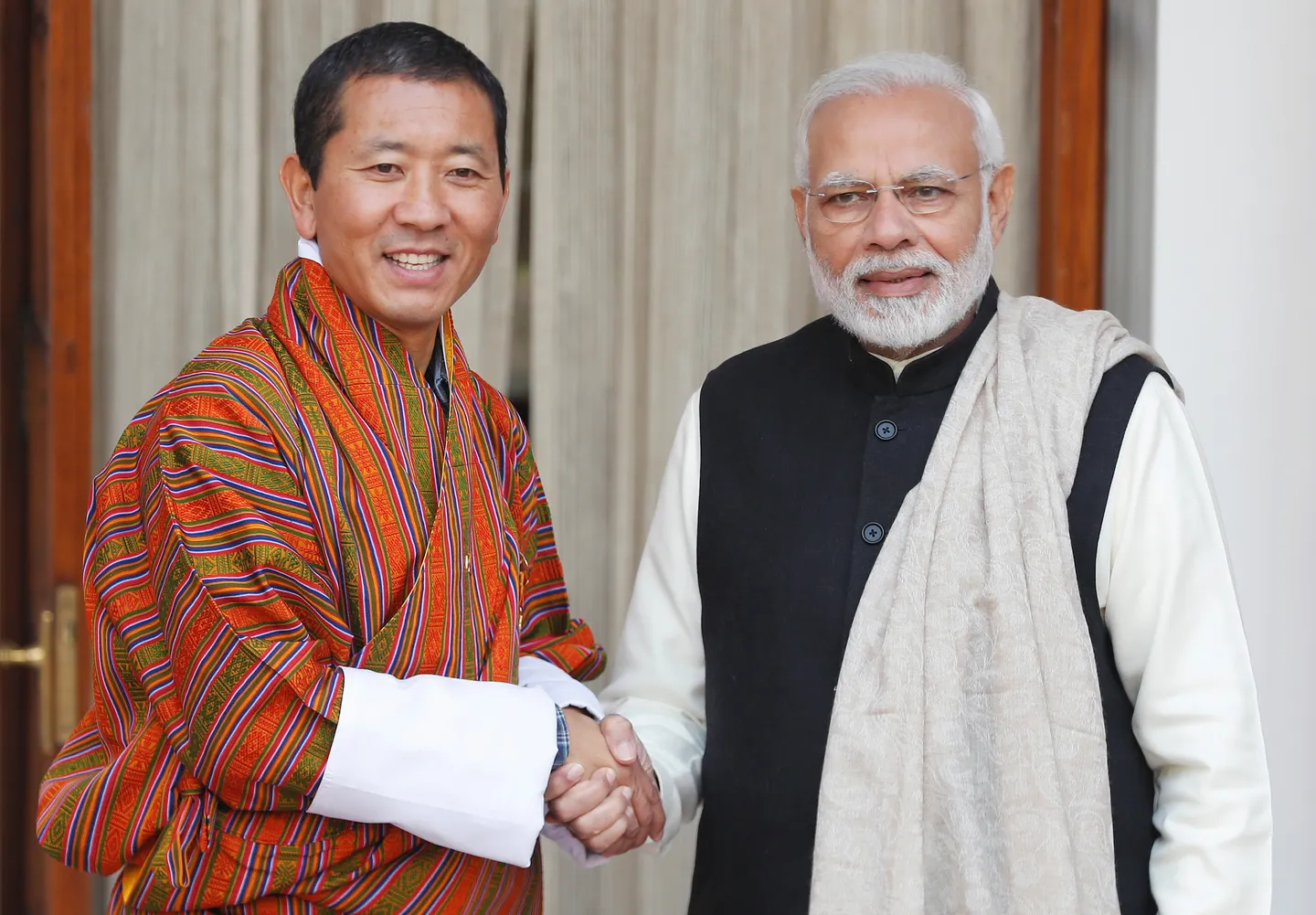In a historic step for regional connectivity, India and Bhutan have announced the launch of their first-ever cross-border railway project, a $454 million initiative designed to modernize infrastructure, strengthen economic integration, and create a new hub for trade and investment in South Asia.

The railway, unveiled in New Delhi on Monday, will connect Kokrajhar in India’s northeastern Assam state with Gelephu in Bhutan, a small border town being developed into a strategic economic zone.
A Four-Year Mega Project
According to officials, the 69-kilometre railway line will take around four years to complete at an estimated cost of 34.56 billion rupees ($390 million). The line is designed as a fully electric and environmentally friendly system, reinforcing Bhutan’s reputation for prioritising sustainability and eco-friendly development.
“This project will be of huge benefit to the people of Bhutan,” India’s Minister of Railways, Ashwini Vaishnaw, stated. “The entire area will get connected, and goods movement that currently takes days will be reduced to just hours.”
Expanding Beyond Gelephu
In addition to the Kokrajhar–Gelephu line, a second 20-kilometre railway line will link Samtse in northwestern Bhutan to Banarhat in eastern India. This line, costing 5.77 billion rupees ($65 million), will boost access to Bhutan’s industrial hub and create smoother trade flows across the border.
Together, these projects are expected to transform Bhutan’s transport infrastructure and integrate the kingdom more closely into regional supply chains.
Bhutan’s Economic Vision
Bhutan, with a population of fewer than 800,000, is often recognised for its unique development philosophy of measuring progress through Gross National Happiness (GNH) rather than traditional GDP metrics. However, the country is also seeking to modernise its economy and attract foreign investment.
Central to this vision is the development of Gelephu Economic Zone, which officials say will serve as a hub connecting Bhutan with South Asia and Southeast Asia.
“It is envisaged as an economic hub linking Bhutan to regional markets and global supply chains,” Indian Foreign Secretary Vikram Misri explained. “India has played a vital role in Bhutan’s economic modernisation, and this railway is another example of our strong partnership.”
Strategic Importance in South Asia
The railway carries strategic significance beyond Bhutan’s borders. As a landlocked country wedged between India and China, Bhutan’s infrastructure development is closely tied to its geopolitical context.
By deepening trade ties and improving connectivity with India, Bhutan strengthens its economic resilience while giving New Delhi greater influence in South Asia’s infrastructure race, where China’s Belt and Road Initiative (BRI) has been rapidly expanding.
Analysts say the project also complements India’s broader ambition to position its northeast as a gateway to Southeast Asia, further strengthening the country’s role as a regional economic hub.
Green Infrastructure and Sustainability
Another key feature of the project is its commitment to environmentally friendly development. The new train lines will run on electric locomotives, in line with both nations’ efforts to pursue green growth.
This approach fits Bhutan’s reputation as the world’s only carbon-negative country, where environmental protection is embedded in national policy.
Looking Ahead
Once complete, the India-Bhutan railway will mark a new era of cross-border connectivity in South Asia, cutting travel times, boosting regional trade, and opening doors for investment and tourism.
For Bhutan, it represents a chance to modernise its economy while staying true to its philosophy of sustainable development. For India, it is another milestone in its efforts to become the driving force of infrastructure-led growth in the region.
As work begins, the project stands not just as a railway, but as a symbol of partnership, progress, and regional integration.










Comments are closed.